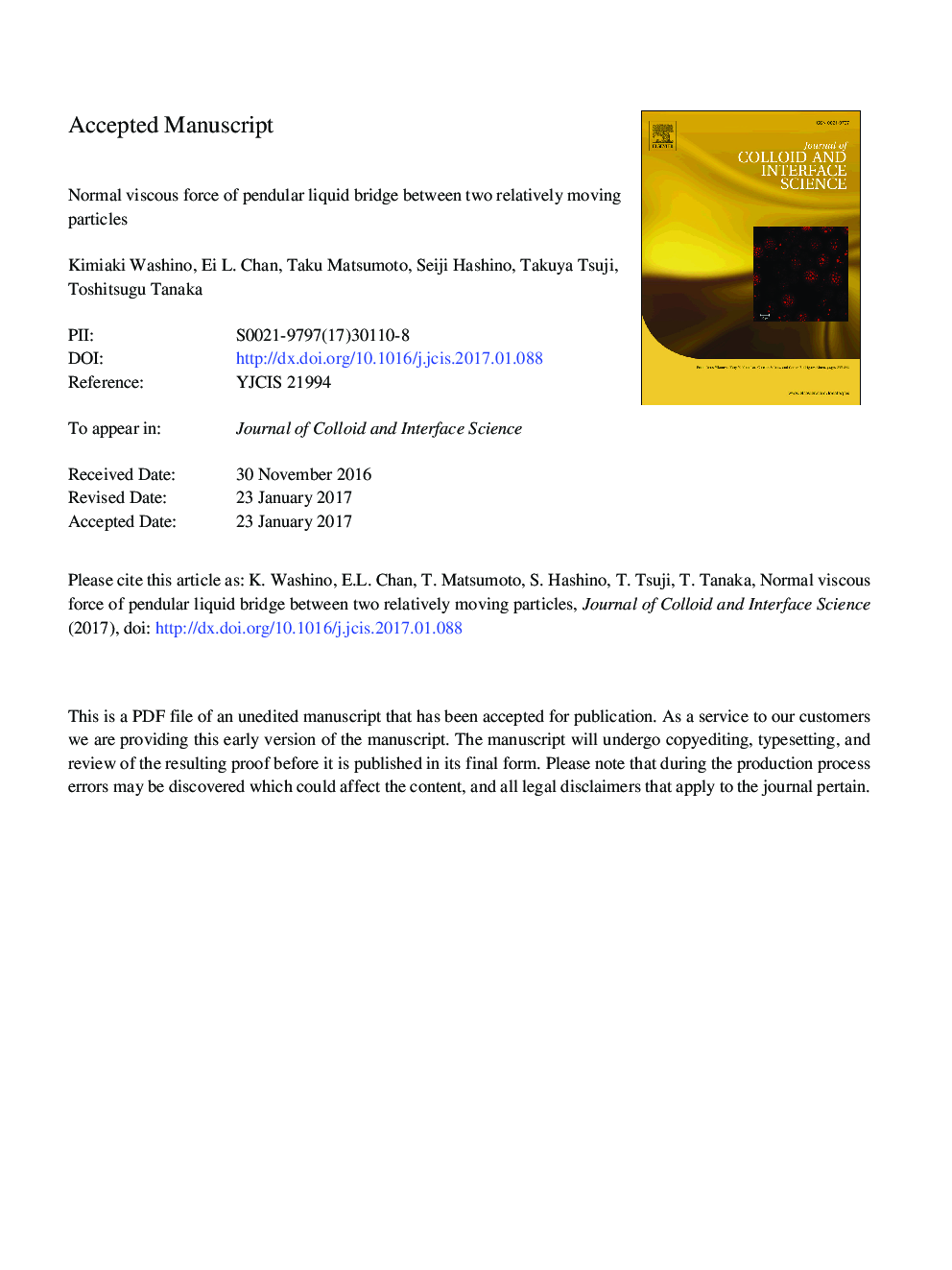| Article ID | Journal | Published Year | Pages | File Type |
|---|---|---|---|---|
| 4986072 | Tribology International | 2017 | 28 Pages |
Abstract
This study analyzes the effects of height and orientation angle of the rubber block with respect to sliding direction on the static coefficient of friction (SCOF) and dynamic coefficient of friction (DCOF) values under lubrication. Rubber block specimens were slid against a stainless steel plate lubricated with a 90 wt% glycerol solution. The SCOF and DCOF values tended to decrease with increase in the rubber block height and orientation angle. Thus, in this study, a thin rubber block (height: 2 mm) with an orientation angle of 0 ° (i.e., parallel to the sliding direction) provided the highest SCOF (1.39±0.08) and DCOF (1.18±0.08) values. Reducing deflection at the rubber block end by decreasing the height and orientation angle was effective in securing the contact area between the rubber block and the mating surface. This process resulted in higher SCOF and DCOF values. The results of this study will provide deeper insights on the criteria leading to rubber block designs with high friction under lubrication.
Keywords
Related Topics
Physical Sciences and Engineering
Chemical Engineering
Colloid and Surface Chemistry
Authors
Takeshi Yamaguchi, Yu Katsurashima, Kazuo Hokkirigawa,
